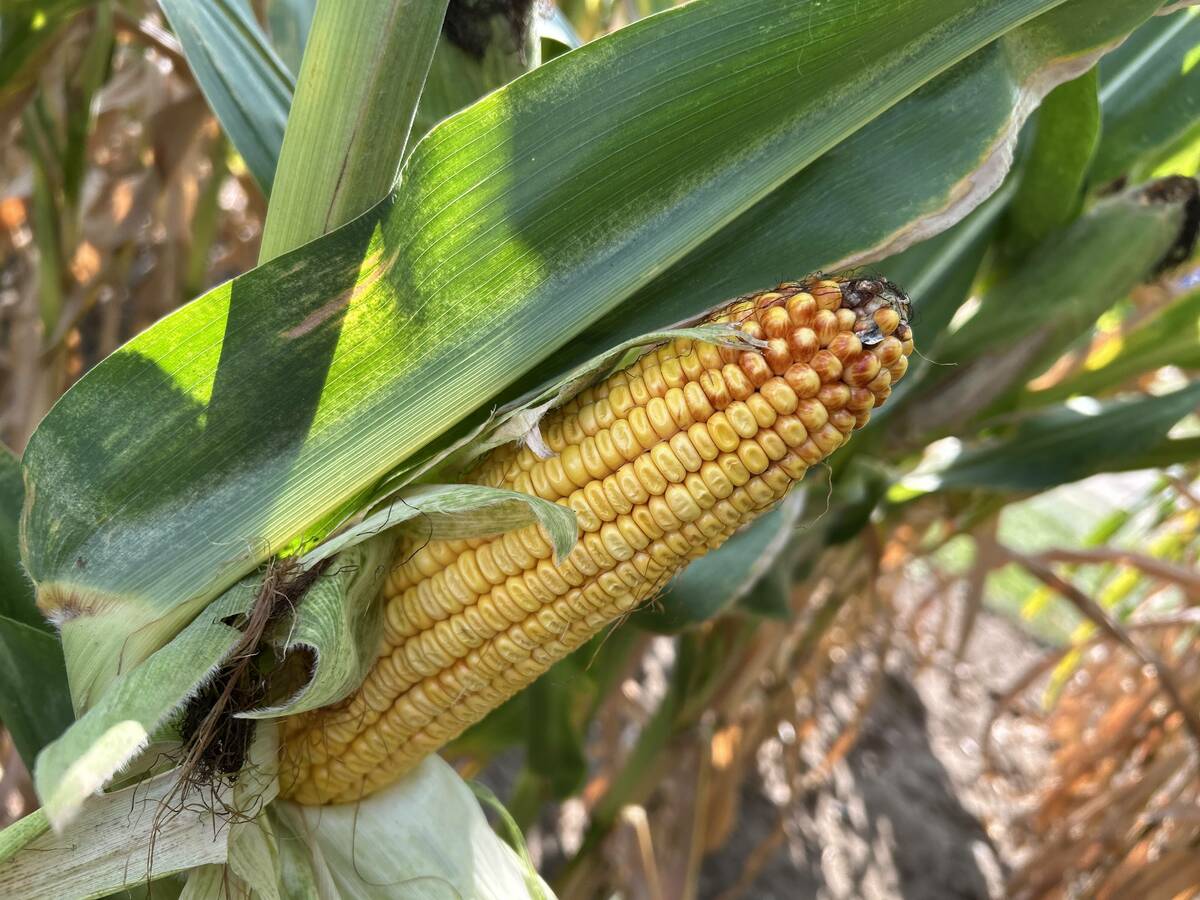Canola crushers are making big bucks this winter, but farmers shouldn’t point an accusing finger at them, says the president of the Canola Council of Canada.
They suffered long and are only now making up ground they’ve lost since 2000.
“In the past five years, the crushers lost money,” said Barb Isman during the Manitoba Canola Growers Association annual meeting.
Rather than focus on current profits as a problem, farmers should realize that staggering crusher losses in 2002-2003 are a bigger problem that explains part of today’s canola price plight, said Isman.
Read Also

Crop estimates show mixed results
Model-based estimates used by Statistics Canada showed the 2025/26 crop year has seen increases in canola, corn for grain, oats and lentils production while seeing dips in spring wheat, durum wheat, soybeans and barley in comparison to 2024/25.
The crushers’ profitability was highlighted by a group of farmers that wants the Canadian Wheat Board to establish a voluntary pool for canola. The farmers were quick to say they were not criticizing the crushers, but wanted farmers to have the same sort of market power they perceive the crushers wielding.
“We have a true partnership with our domestic crushers,” said Grandview, Man., farmer Larry Bohdanovich.
“We see that partnership as a strong and very viable situation, and we have no problems … with our crushing industry enjoying record margins … because we as businessmen also recognize that our partners have to make a dollar to substantiate their investments.
“We too, as businessmen and ladies, also have to make a margin.”
Bohdanovich said the Canadian canola board margin index recently showed a general crush margin of more than $80 per tonne.
That’s the highest margin the crushing industry has experienced this decade, according to statistics from the Canadian Oilseed Processors Association.
But it’s a recent phenomenon. In early December 2004 crushers generally were eking out a break-even price, after losing money for most of 2004.
December 2003 until the beginning of April 2004 was a profitable time, but it followed a harrowing two years of huge losses, sometimes more than $100 per tonne, that followed the widespread prairie droughts that devastated the canola crop.
In an interview, Isman said crushers this year are unable to consume as much canola as they would like because they weren’t able to expand their facilities or build new plants during the drought years. Now that crushing is profitable, they would love to be able to produce much more canola oil.
“It takes a few years for a processing company to make an investment decision, get the approval, get the capital, get the equipment, get it operational,” said Isman.
“That’s at least a couple of years … to get additional capacity. To have additional capacity now, the decision would have had to be made in 2002-03.
“Who would have decided to expand their crush capacity when you were running at 60 percent of current capacity?”
In 2002-03, the Prairies produced a 4.2 million tonne crop. The crushing industry had a capacity of 3.5 million tonnes, but inflexible Japanese demand sent about half of the crop overseas, leaving crushers idle and losing money on their investments.
“Why would you even think of expanding your business (in that environment)?” said Isman.















